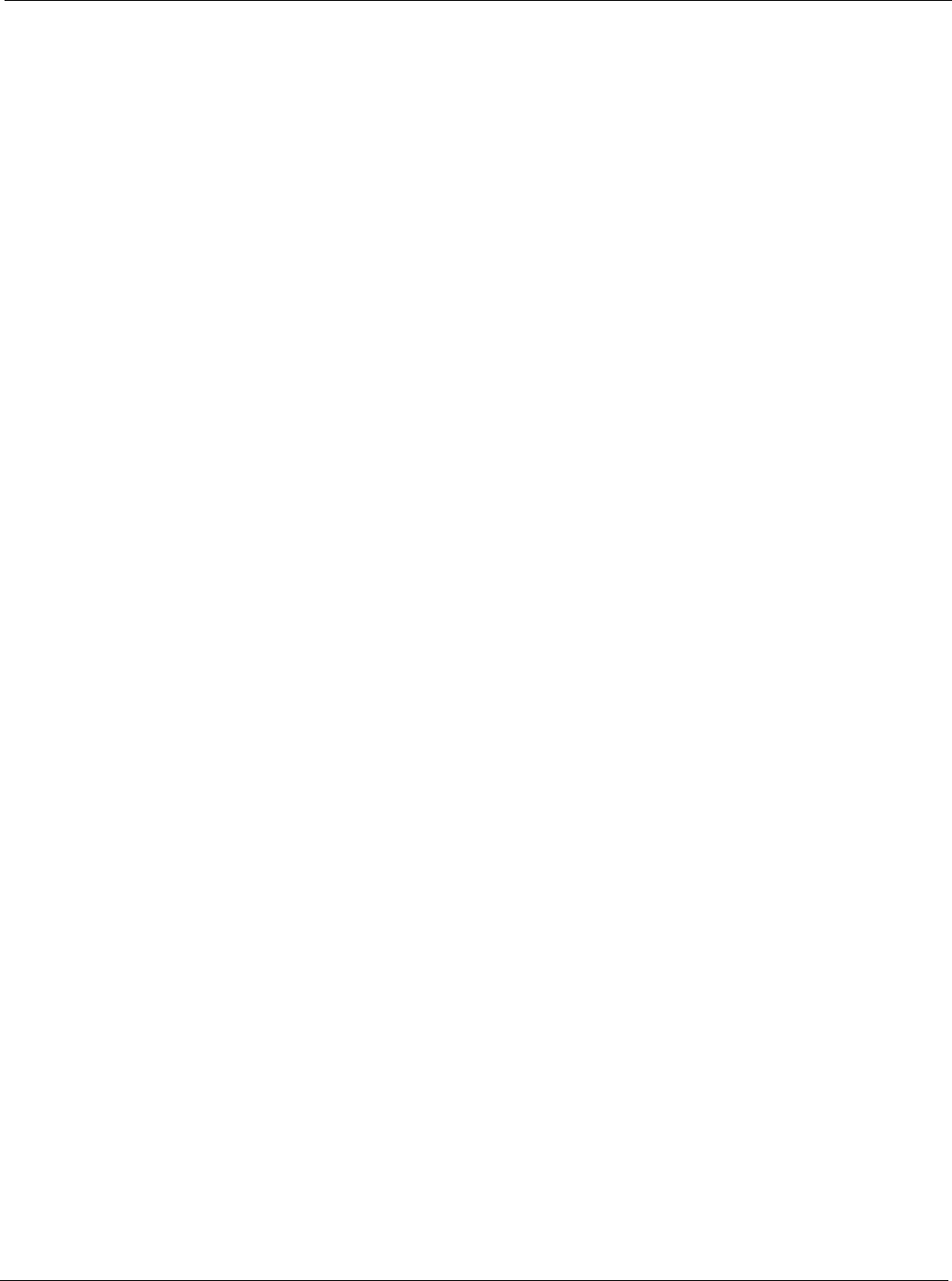Instruction manual
Table Of Contents
- Introduction
- Using the Keypad/Display
- Keypad/Display Menu Structure
- System Summary Menu
- Standard Menus
- System Menu
- Occupancy Menu
- Temperature Menu
- Flow Summary Menu
- Supply Fan Speed Menu
- Return/Exhaust Fan Speed Menu
- Cooling Menu
- Head Pressure Menu
- Evap Condensing Menu
- Economizer Menu
- Min OA Damper Menu
- Heating Menu
- Energy Recovery
- Dehumidification Menu
- Daily Schedule Menu
- One Event Schedule Menu
- Holiday Schedule Menu
- Optimal Start Menu
- Operating Hours Menu
- Extended Menus
- Unit Setup Menu
- Timer Settings Menu
- Time/Date Menu
- Supply Fan Setup Menu
- Return/Exhaust Fan Setup Menu
- Zone Temperature Setup Menu
- Compressor Setup Menu
- Head Pressure Setup Menu
- Chilled Water Setup Menu
- Economizer Setup Menu
- Design Flow Setup Menu
- Heating Setup Menu
- Dehumidification Setup Menu
- Alarm Out Configuration Setup Menu
- Alarm Limits Setup Menu
- Manual Control Menu
- LON/BACnetIP/BACnetMSTP Setup Menu
- Active Alarm Menu
- Alarm Log Menu
- Advanced Menus
- Unit Configuration Setup Menu
- Save/Restore Menu
- Alarm Delays Setup Menu
- Analog Input Status Menu
- Universal I/O Status Menu
- Digital Input Status Menu
- Digital Output Status Menu
- Adv Setup Settings Menu
- Adv Status Parameters Menu
- Alarms
- Operator’s Guide
- Determining Unit State
- Off Operating State
- Start Up Operating State
- Recirculating Operating State
- Heating
- Economizer
- Mechanical Cooling
- Determining Unit Status
- Determining Control Mode
- Determining Cooling Status
- Determining Heat Status
- Determining Economizer Status
- Determining Cooling Capacity
- Determining Heating Capacity
- Determining Supply Air Fan Capacity
- Determining RF/EF Capacity
- Determining Outside Air Damper Position
- Determining Emergency Mode
- Determining Application Mode
- Determining Occupancy Status
- Determining Occupancy Mode
- Determining Occupancy Source
- Unoccupied Operation
- Scheduling
- Temperature Control Configurations
- Heat/Cool Changeover
- Dehumidification
- Energy Recovery
- Outside Air Damper Control
- Outside Air Damper Control, Two Position
- Special Procedures for Units with WRV and More Than Two Circuits.
- Water Pump Control
- Cooling: Multistage
- Cooling: Modulating
- Heating Control
- Modulating
- Min DAT
- Indoor Air Fan - On/Off Control

McQuay OM 920 73
Operator’s Guide
Unoccupied Operation
During Unoccupied operation the unit operates normally except that Min OA Pos is set to zero
so that the damper is closed to the outdoor air.
Unoccupied Dehumidification
Dehumidification may be initiated in the unoccupied mode only if Dehumidification Control
is set to Always instead of Occupied on the keypad. When this is the case and the humidity
goes high the unit transitions in the normal manner through Start-up and Recirc to Fan Only
and then into the Dehumidification Mode.
Unoccupied Cooling (Night Setup)
Unoccupied Operation is initiated if the Space Sensor is reliable, the Space Temperature is
greater than the Unoccupied Cooling Setpoint, and the Unoccupied Cooling Setpoint is set
lower than its maximum setting.
Unoccupied Heating (Night Setback)
Unoccupied Operation is initiated if the Space Sensor is reliable, the Space Temperature is less
than the Unoccupied Heating Setpoint, and the Unoccupied Heating Setpoint is set higher than
its minimum setting.
Internal Optimal Start
Unoccupied operation is enabled due to an internal optimal start schedule being activated.
Network Optimal Start
Unoccupied operation is enabled due to a network optimal start schedule being activated.
None
The Unoccupied Source is set to “None” when Unoccupied operation is inactive.
Scheduling
The Air Handling unit can be scheduled for operation by using the following three methods:
• Unit internal time scheduling functions
• External time clock function
• Network time scheduling function
Provided the unit is not locally or remotely disabled, the unit operates when any of these
scheduling functions is calling for occupied operation. Conversely, the unit enters the
unoccupied mode when all of these scheduling functions are calling for unoccupied operation.
Therefore, any unused scheduling functions should be set for continuous unoccupied
operation.
The next four sections: “Setting Controller Date and Time,” “Internal Daily Scheduling,”
“Holiday Scheduling,” and “One Event Scheduling” describe functions related to the internal
unit scheduling functions. These are followed by a section describing the optimal start
function which can be use with internal scheduling and network scheduling. This is followed
by two sections that describe the external time scheduling and network time scheduling
functions.










